1640
William Aspley and John Smethwick are both elected as Master of Stationers' Company.
William Aspley and John Smethwick are both elected as Master of Stationers' Company.
Habeas Corpus Act 1640. This act abolishes the Star Chamber, thus ending de facto censorship and leading to an increase in published materials.
King Charles summons what came to be known as the Short Parliament on April 13.
King Charles dissolves parliament on 5 May. This arises after a disagreement with members of Parliament regarding subsidies for a war against Scotland.
King Charles summmons the Long Parliament on 3 November, in order to pass financial bills needed in the aftermath of the Bishops' Wars.
Henry Fetherson is elected Master of Stationers' Company.
The English Parliament (the Long Parliament) presents a list of grievances to King Charles I on 1 December.
Triennial Act. Passed on 16 February, this ensures Parliament is called at least once every three years.
The Long Parliament establishes a Committee of Printing, to deal with publication complaints.
Thomas Downes is elected Master of Stationers' Company.
The King raises the standard at Nottingham Castle, officially declaring war on Parliament.
The Long Parliament issues an ordinance which orders all London theatres to be closed.
Nicholas Bourne is elected Master of Stationers' Company. He is re-elected in 1651.
This act brings back much of what the Star Chamber Decree of 1637 put in place, including giving the Stationers' Company the job of acting as censor, and a monopoly of the printing trade.
Robert Mead is elected Master of Stationers' Company. He is re-elected in 1645, 1649 and 1656.
Due to Puritan pressure, Sir Matthew Brand demolishes the Globe and builds housing on the same plot of land.
He publishes his Areopagitica, a polemical work opposing censorship and espousing freedom of speech and expression.
Samuel Mann is elected Master of Stationers' Company. He is re-elected in 1654 and 1658.
The King surrenders to the Covenanter army at Newark.
John Parker is elected Master of Stationers' Company.
Thomas Downes and John Parker are both elected Master of Stationers' Company.
The Long Parliament reinforces the 1642 ordinance and demands that theatres are to be pulled down and actors to be fined.
King Charles I is beheaded outside the Banqueting Hall in Whitehall, after his surrender in 1646.
George Latham is elected Master of Stationers' Company.
Miles Flesher is elected Master of Stationers' Company. He is re-elected in 1653, 1662 and 1663.
John Burroughs is appointed as Clerk to Stationers' Company.
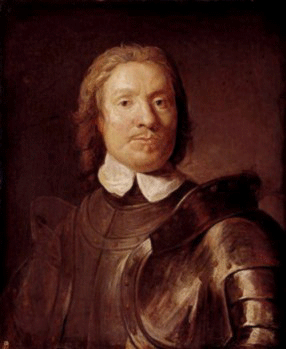
Oliver Cromwell is installed as Lord Protector on 16 December.
Henry Walley is elected Master of Stationers' Company.
Henry Seyle is elected Master of Stationers' Company.
William Lee is elected Master of Stationers' Company.
Philemon Stephens is elected Master of Stationers' Company.
Charles II becomes King on 26 May.
A lamentation produced by London printers decrying the number of printing houses and the inexperience of many of those working there.
Upon the Restoration of the Stuart monarchy theatres are opened again.
Charles II places successive advertisements in the weekly Mercurius Publicusregarding his lost dog which 'was taken from Whitehal, the eighteenth day of this instant June, or thereabout.'
Humphrey Robinson is elected Master of Stationers' Company. He is re-elected in 1667.
Charles II is crowned King on 23 Apr.
Licensing of the Press Act 1662: This act re-establishes the Star Chamber Decree of 1637, and states that printing presses cannot be established without the Company being referred to.
Act of Uniformity: This required the clergy to pledge adherence to the Prayer Book and made the use of the Prayer Book compulsory in service.
George Tokefield is appointed Clerk to Stationers' Company.
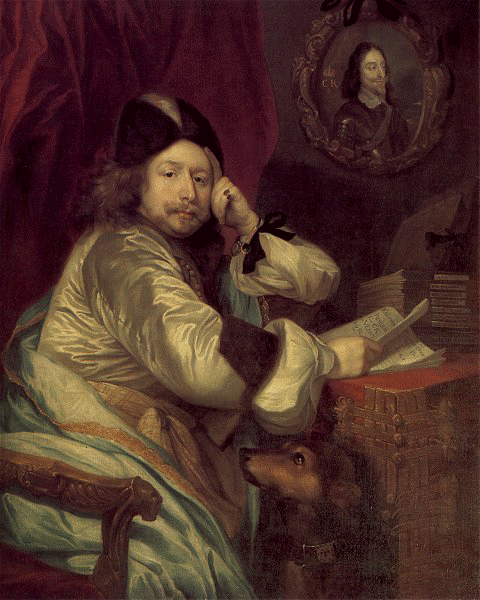
Thomas Killigrew builds the first of four incarnations of the theatre at Drury Lane.
Richard Thrale is elected Master of Stationers' Company.
Andrew Crooke is elected Master of Stationers' Company. He is re-elected the following year.
Upon King Charles II's return to London after the Great Plague, the first issue of the London Gazette is published on 5 February.
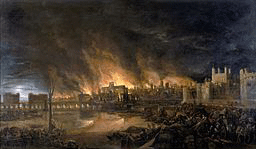
The Great Fire burns down Abergavenny House and much of its property, including books valued around £40,000. One clerk removes much of the Company's records to his house in Clerkenwell, so that all is not lost. Forty-three other Livery Company Halls were also destroyed.
The Great Fire of London leaves the cathedral in poor condition, as wooden scaffolding erected around the building aids the conflagration, and leaves the cathedral in ruins.
Thomas Minshell, an engraver, apprentices Joanna Nye.
Thomas Davies is elected Master of Stationers' Company. He is re-elected the following year.
William Leake is elected Master of Stationers' Company.
Work begins to build a new hall for the Company.
Evan Tyler is elected Master of Stationers' Company.
Ralph Smith is elected Master of Stationers' Company.
Richard Royston is elected Master of Stationers' Company. He is re-elected the following year.
John Lilly is elected as Clerk to Stationers' Company.
The Stationers' Hall opens and is used for dinner on Lord Mayor's Day in the autumn of that year
Sir Christopher Wren receives a Royal Warrant to build St Paul's Cathedral in May.
George Sawbridge is elected Master of Stationers' Company .
Motivated by political reasons, King Charles II passes a royal proclamation in order to shut down all coffee houses. This was later overturned.
Abel Roper is elected Master of Stationers' Company.
Sir Thomas Davis, a member of Stationers' Company, is elected Lord Mayor of London.
Robert White is elected Master of Stationers' Company.
Roger Norton is elected Master of Stationers' Company. He is re-elected in 1682, 1683, 1684 and 1687.
Several new ordinances passed, specifying dress, comportment, Company structure, and more.
Samuel Mearne is elected Master of Stationers' Company. He is re-elected in 1681 and 1682.
In October, a royal proclamation "For the Suppressing of Seditious and Treasonable Books and Pamphlets" is issued which offers a forty pound reward for anyone who discovers the printer or author of a seditious book or pamphlet.
Licensing Act of 1662 lapses: The act is strictly enforced for a period of three years, before the years of the Great Plague causes it to slacken. It lapses in in 1679.
John Macock is elected Master of Stationers' Company.
Thomas Vere and Samuel Mearne are both elected Master of Stationers' Company.
John Garret is appointed Clerk to Stationers' Company.
Roger Norton is elected Master of Stationer's Company on 30 June.
Roger Norton is re-elected Master of Stationers' Company on 5 July.
Charles II issues a new charter to the Company, this time including an oath of allegiance to himself.
Following on from the destruction of the church in the Great Fire of London, St-Martin-within-Ludgate completes it rebuild from a design by Sir Christopher Wren.
Henry Herringman is elected Master of Stationers' Company on 4 July.
James II becomes King on 6 February and is crowned on 23 April.
John Bullinger is elected Master of Stationers' Company on 3 July. He is re-elected in 1693.
Henry Hills is elected Master of Stationers' Company on 12 October.
Henry Hills is re-elected Master of Stationers' Company on 30 June and stays in the post for less than five months.
John Towse is elected Master of Stationers' Company on 27 November.
Mary II becomes Queen on 13 February, with William III co-reigning as King. Both are crowned on 11 April.
Edward Brewster is elected Master of Stationers' Company on 6 July. He is re-elected in 1692.
A month after Brewster is re-elected, Ambrose Isted takes his place as Master of Stationers' Company after previously serving as Under-Warden.
Christopher Grandorge is appointed Clerk to Stationers' Company.
John Simms is elected Master of Stationers' Company. He is re-elected in 1695.
Parliament decides to not renew the Licensing Act of 1662, effectively removing the Stationers' Company control and monopoly of the press and printing.
Henry Mortlock is elected Master of Stationers' Company. He is re-elected in 1697.
Simon Beckley is appointed Clerk to Stationers' Company
Robert Clavell is elected Master of Stationers' Company. He is re-elected the following year.
William Phillips is elected Master of Stationers' Company. He is re-elected in 1701, 1702, 1709, 1710, 1711 and 1712.
Anne succeeds as Queen: Anne is crowned Queen on 23 April.
Thomas Parkhurst is elected Master of Stationers' Company.
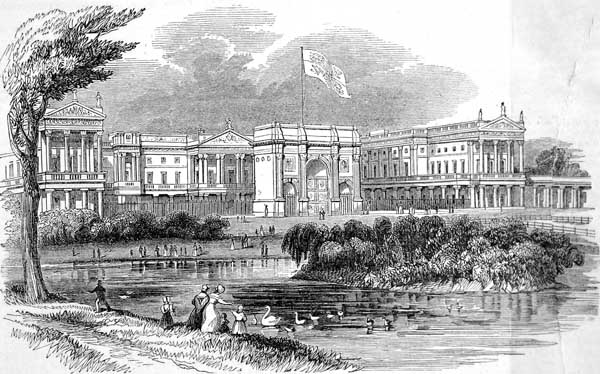
Buckingham Palace, known as Buckingham House, is built In Westminster.
Richard Simpson is elected Master of Stationers' Company. He is re-elected the following year.
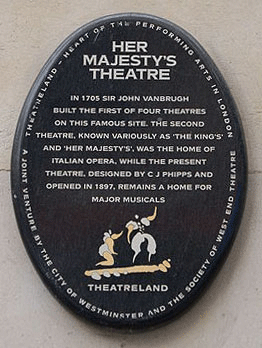
The Queen's theatre, currently known as Her Majesty's Theatre, is established by John Vanbrugh on Haymarket.
Walter Kettilby is elected Master of Stationers' Company.
Edward Darrel is elected Master of Stationers' Company.
The kingdoms of England and Scotland becomes one united kingdom, including the creation of a single Parliament of Great Britain.
Charles Harper is elected Master of Stationers' Company.
The company is granted a royal charter on 19 April.
Parliament passes the Copyright Act of 1709, the first copyright act which allowed for copyright to be regulated by the government rather than private parties.
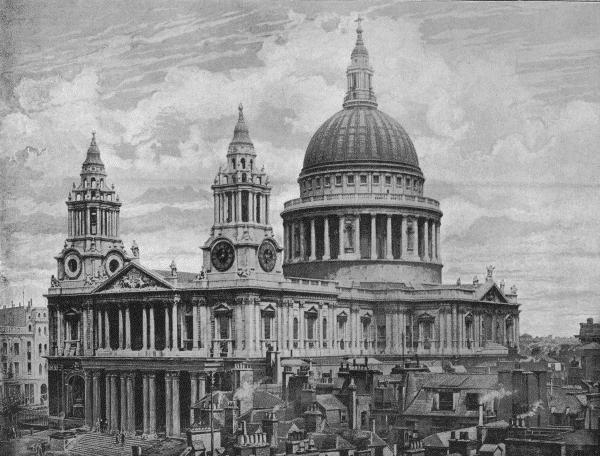
Christopher Wren's son places the final stone on the cathedral. The total cost of building the new cathedral was £850,000.